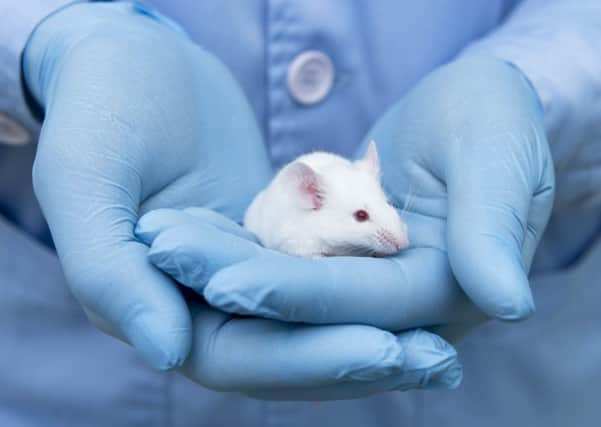Home Office alerted to painful deaths at Dundee lab


The incidents were among 35,000 animal deaths that occurred during research at the university last year.
John Patrick, from the grassroots charity Scotland for Animals, said it was “downright frightening” the university still relied on “discredited, shot-in-the-dark research methods”.
Advertisement
Hide AdAdvertisement
Hide AdHe said: “We need government and institutions to scrap this nonsense and back real, scientific research without the abuse of animal ‘models’.”
The experiments are assessed using a “pain rating”, with incidents reported to the UK government department when the extent of the suffering caused is thought to be high.
European law states killing during animal research must be done with “minimum pain, suffering and distress”.
Some 178 experiments by the university were in this most serious category.
The Medical Research Council states these are experiments that can cause severe pain, suffering or distress or long-term moderate pain, suffering or distress.
The vast majority of experiments were on mice – around 34,000. Rats were used in 1,200 experiments and frogs in 312.In the past, Dundee University has also killed rabbits as well as hamsters, but has reduced the numbers of animals used in tests in recent years.
The university is not known to have been the subject of any investigations by the Animals in Science Regulation Unit – the body responsible for investigating any failure to comply with the required standards.
There have been no suggestions of any wrongdoing.
The vast majority of the tests – just above 70 per cent – were classified in the lowest pain bracket named “sub-threshold”.
Advertisement
Hide AdAdvertisement
Hide AdA spokesperson for Dundee University said: “The results of our research are of great importance in better understanding and developing treatments and better prevention for serious health problems including Alzheimer’s, Parkinson’s disease, cancer, heart disease, diabetes, genetic disorders and infectious diseases.
“Alternatives to the use of living animals such as computer models and increasingly sophisticated cell culture systems are adopted whenever possible, but procedures that involve animals continue to be necessary in many cases.”
It was reported last week that scientific testing in the UK on live animals has fallen to its lowest level since 2007.
Researchers carried out 3.52 million procedures on living animals in Scotland, England and Wales last year – a fall of 7 per cent from 2017.
The majority of procedures (93 per cent) used mice, fish and rats.
Around half – 1.8 million – of those procedures were experimental.